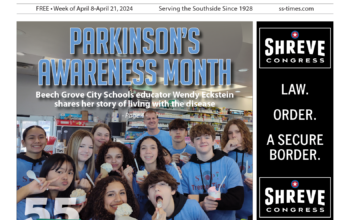By Bradley Lane
In just three solo feature directing credits, Greta Gerwig has established herself as one of the most technically competent filmmakers working today. However, her fourth feature, Barbie represents a massive shift in her career, transitioning from independent and small-budget arthouse films into the corporate studio system with a massive budget. In some ways this transition does wonders, allowing her to execute visual ideas not possible in those smaller scale productions. Unfortunately, in other ways the heightened scale works as a detriment to the film as a whole now that Gerwig is forced to meet the demands of Mattel and the big money behind her massive intellectual property-driven blockbuster.
Barbie is, of course, about Barbie and her friends in Barbie Land. A matriarchal society where the Barbies operate a feminist utopia filled with music, dancing and parties. However, when Barbie begins to express feelings of existential dread and her perfect world seems to start to show cracks, she must seek out answers to her condition in the real world. Together with Ken, unyielding in his quest for Barbie’s favor, they journey to the real world to both wrestle with the complicated history of Barbie and restore Barbie’s perfect world.
There is so much to say about the visual prowess of Barbie. The production design recalls studio musicals of the golden age of Hollywood, complete with lavishly tactile set design, matte-painted backgrounds and expressionistic lighting. This attention to detail makes it all the more distracting when this careful direction is violently interrupted in the middle of the film to deliver what is essentially a five-minute-long Chevy car advertisement. This gratuitous product placement is the first signal in the film of what holds Barbie back from being truly great.
Barbie is a massive film, with brand expectations attached to the art being created simultaneously. The film has interesting perspectives on women’s struggles against patriarchal expectations, men’s victimization as a consequence of patriarchy and Barbie itself as a cultural object in relation to women’s liberation. However, these messages are couched in a piece essentially designed to sell the audience things. Toys, cars and the like, it is hard to see Barbie as sincere in its critique when its implicit answer to the issues it addresses is more consumerism.
Despite the film coming up short to deliver on its ambitious premise, there are messages especially important for young people to take away from Barbie. Not to mention that from moment to moment it is wildly entertaining thanks to the two standout lead performances from Margot Robbie and Ryan Gosling. Despite essentially being a piece of brand management for Mattel, the Barbie movie is still, for all intents and purposes, better than it had any right to be. Barbie is currently exclusively showing in theaters. – 3.5/5 stars

